When we analyzed the healthcare environment of Australia, we got to know surprising facts and the technology spreading out there. And obviously, the technology that attracted the most is Artificial Intelligence (AI). AI in Healthcare is shaping patient care in such a way that nobody has imagined in the past. We always used to read that scientists are successful or unsuccessful in launching their AI tool. But never thought the way AI is entering our daily life. Let’s see how AI is transforming the Australia Healthcare System nowadays
Artificial Intelligence is no longer just a buzzword. It’s quietly redefining how Australians experience healthcare every day. From assisting doctors to sooner identify diseases and helping make hospital visits less inconvenient, AI is now the unsung helper in the background. And all around Australia, hospitals and clinics are fighting back with smart AI tools that can process massive amounts of medical data in seconds.
Think of a system that enables doctors to read X-rays or MRIs more quickly and pick up on small details they might have overlooked. This is precisely what’s occurring — AI is providing an additional handhold for medical professionals, increasing accuracy and saving precious time when it counts most. But the shifts are about much more than just diagnosis. AI is also assisting hospitals in improving their efficiency. It forecasts which patients may soon require urgent care, assists in scheduling employees, and can even help in making hospital beds available for those who need them most. Patients, too, are experiencing the shift.
To support such advancements, many organizations are now relying on specialized healthcare app development services to build AI-powered solutions that fit modern medical needs.
People can now book a visit or be reminded to take their medication with the help of virtual assistants and chatbots, which also have the time — 24/7 — to answer basic questions about their health from a phone. In the COVID-19 pandemic, AI demonstrated just how powerful it could be. It assisted researchers in monitoring trends in infection, accelerating the rollout of a vaccine, and extending telehealth services to people living in rural and remote areas of Australia.
AI is, right now, silently streaming along in the background of healthcare to help make it more personalized, connected, and efficient. It’s not replacing doctors — it’s refocusing what they do best: caring for people.
Australia’s Healthcare Landscape Before AI
Before AI entered the scene, Australia’s healthcare system ran mostly on traditional processes — manual record-keeping, in-person consultations, and time-consuming diagnostics. Doctors and nurses worked tirelessly, but paperwork and administrative tasks often took up valuable time that could’ve been spent with patients. For people in rural or remote areas, access to specialized care was limited, leading to delays in treatment and higher travel costs.
The system was strong but lacked speed and connectivity. Diagnoses relied heavily on human judgment, and research took months to compile and analyze. As patient demand grew and technology advanced, it became clear that Australia needed smarter, faster, and more efficient solutions — paving the way for AI to transform healthcare delivery nationwide.
How AI is Enhancing Diagnosis and Treatment

AI in Diagnosis Enhancement
Example: BreastScreen Victoria & St Vincent’s Hospital Melbourne’s AI Mammogram Study
In Australia, a major project led by St Vincent’s Hospital Melbourne, BreastScreen Victoria, and partner institutions has used an AI algorithm trained on over 3.3 million mammogram images to help detect breast cancer.
The study found that when this AI tool assisted radiologists, the rate of unnecessary recalls for further assessment dropped by up to 10.9%, and the radiologists’ workload was reduced by almost half.
This demonstrates how AI in Australia is enhancing diagnostic accuracy, speeding up detection, and making screening more efficient.
AI in Treatment Enhancements
Example: St Vincent’s Hospital Melbourne’s Dual-Robot Microsurgery
In treatment, a milestone event occurred at St Vincent’s Hospital, Melbourne, when surgeons used two advanced robotic systems together (the da Vinci robot and the Symani surgical system) to remove a throat tumour while preserving the patient’s voice box.
The AI-assisted robotics allowed extremely fine precision, enabling the removal of a difficult tumour while maintaining the patient’s quality of life.
This shows how AI-enabled robotic treatment systems are enhancing surgical outcomes, reducing invasiveness, and offering better recovery for patients in Australia.
AI in Rural and Remote Healthcare Services
Australia’s huge size has always created problems for people living rural and remote lives who require access to health care. For many, their nearest hospital is hours away. This is where Artificial Intelligence (AI) comes in as a game changer to bridge the gap and provide expertise of healthcare expertise closer to home.
These advancements are one of the parts of the growing AI Use Cases in Healthcare, where technology is helping deliver timely care even in places that once struggled with access.
Patients in regional Australia are now calling in for doctors and specialist appointments from the comfort of their home, thanks to telehealth platforms powered by artificial intelligence. Via smart diagnostic tools and A.I.-powered chatbots, patients would be able to explain their symptoms, receive a checkup, and even obtain personal health guidance — all from their mobile devices or nearby community care clinics.
The CSIRO’s Telehealth AI project is, for instance, using machine learning to facilitate remote consultations and make predictions about patient risks in order to assist healthcare providers in delivering more timely and informed care. AI/remote monitoring is another area of breakthrough. Wearable monitors and sensors record vital signs, including heart rate, blood pressure, and oxygen levels, then send that information in real time to health care providers. This enables doctors to catch problems early and intervene before conditions escalate. In the outback of Queensland and Western Australia, these technologies are helping elderly people remain healthier without having to take regular trips to a hospital.
AI is helping Indigenous populations by knocking down language barriers and enhancing cultural communication with smart translation tools. One by one, these innovations are bringing technology that meets Australians wherever they live – whether it’s the city, coast, or country – helping ensure people have access to smarter, faster, and more reliable healthcare.
Example: CSIRO – Remote-I Telehealth System
In Australia, CSIRO developed the “Remote-I” telehealth system to help deliver eye-screening services to patients in rural and remote communities.
- The system uses a low-cost retinal camera to capture high-resolution images of a patient’s retina in remote clinics.
- These images are then securely sent to city-based ophthalmologists for review, using AI to assist in detecting diseases such as diabetic retinopathy.
- Trials across remote parts of Western Australia and the Torres Strait successfully screened over 1,000 patients, identifying 82 cases of diabetic retinopathy and 60 cases of macular oedema.
- The system enabled early detection and intervention where specialist services were otherwise very hard to access.
Also Read: Cost of Implementing AI in Healthcare
Challenges and Ethical Concerns in AI Adoption
AI is transforming Australia’s healthcare system, but it also presents several challenges that require delicate handling. These are some of the most salient concerns:
Data privacy and security:
AI systems require to have access to large concentrations of data on a patient’s illness, so that they can make accurate predictions. Management: If such information is not correctly managed, data could be leaked or misappropriated. Both of these elements are very important when seeking to develop the trust of consumers, and that they have a right to be informed. 3.4 6Protecting patient privacy and applying the Australian Privacy Principles (APPs). It is critical in building public trust that we protect patient privacy and apply ethical values when imposing or implementing any policies or procedures related to sexual orientation, gender identity & sex characteristics.
Algorithmic bias:
AI models are trained on existing data. If that data does not reflect patients from various communities or regions, the system can be susceptible to bias. This might mean some groups, like Indigenous Australians or those living in rural areas, get unequal care.
Job displacement and role clarity:
As AI assumes larger roles in things like diagnoses or data entry, some healthcare workers also fear being replaced. But AI is meant to supplement human expertise, not replace it. There must be clear demarcation lines between technologists and clinicians to ensure confidence in the system.
Accountability and liability:
When an AI tool offers a bad recommendation, it’s not always clear whose fault that is — the doctor? The creator? Or the hospital employing it? Establishing responsible standards of accountability that we can rely on for safe, AI-enabled decisions.
Ethical governance and regulation:
Strong ethical frameworks must be in place as AI advances. The National AI Strategy and the AI Ethics Framework are helping to set guidelines as to how we can ensure that these technologies are fair, transparent, and responsible.
The Future of AI in Australia’s Healthcare System
The role of Artificial Intelligence is expected to become more significant in determining the future of healthcare in Australia. It’s turning from a data analysis and diagnostic tool into a vital force in innovation, accessibility , and patient-centered care.
In a few years, AI will enable the formation of fully integrated healthcare ecosystems with hospitals, clinics, and patients being tied in real time through data. Predictive analytics will provide a way for physicians to watch for health concerns, detect early indicators of those conditions, and take steps toward intervention or preventative care. AI will also be instrumental in advancing precision medicine, where healthcare is tailored to an individual’s genes, lifestyle, and medical history.
Want to see where healthcare innovation is housed? Check out our blog on the best future business ideas for healthcare.
Another promising one is AI-run virtual health assistants, which give ongoing care support. These will allow regulators to monitor those with chronic diseases, contact trace , and schedule de-densification — even reminding an individual to take a pill, if home is the most appropriate place for her condition. It will particularly help Australia’s ageing population and people in regional communities.
Australia is already moving to create a responsible and safe AI future. National government-backed programs such as the National AI Centre and the AI Ethics Framework are driving safe usage of tech in hospitals and research establishments. In pairing innovation with a commitment to strong ethical frameworks, Australia is setting the course toward a smarter, more efficient healthcare system that prioritises our patients’ best interests.
The future of AI in Australian healthcare is not about replacing doctors — it’s about empowering them to deliver faster, safer, and more personalized care for all.
Summary
AI is changing the way healthcare works in Australia, with faster diagnosis and more precise treatments available to people who need them – no matter where they are located. Whether AI-assisted cancer detection, robotic surgeries, or telehealth breakthroughs, technology is enabling doctors to deliver better patient outcomes. There are still concerns around issues such as data privacy and ethics, but Australia’s robust national frameworks offer a safe and responsible environment for the implementation of AI.
The future of healthcare in Australia is a smarter, more connected, and focused on improving lives - it sure as hell isn't about replacing doctors but rather using technology to empower them.


 Healthcare App Development Services
Healthcare App Development Services
 Real Estate Web Development Services
Real Estate Web Development Services
 E-Commerce App Development Services
E-Commerce App Development Services E-Commerce Web Development Services
E-Commerce Web Development Services Blockchain E-commerce Development Company
Blockchain E-commerce Development Company
 Fintech App Development Services
Fintech App Development Services Fintech Web Development
Fintech Web Development Blockchain Fintech Development Company
Blockchain Fintech Development Company
 E-Learning App Development Services
E-Learning App Development Services
 Restaurant App Development Company
Restaurant App Development Company
 Mobile Game Development Company
Mobile Game Development Company
 Travel App Development Company
Travel App Development Company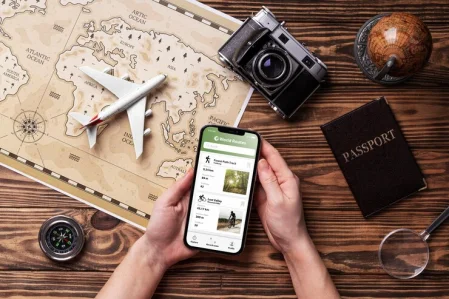
 Automotive Web Design
Automotive Web Design
 AI Traffic Management System
AI Traffic Management System
 AI Inventory Management Software
AI Inventory Management Software
 AI Software Development
AI Software Development  AI Development Company
AI Development Company  AI App Development Services
AI App Development Services  ChatGPT integration services
ChatGPT integration services  AI Integration Services
AI Integration Services  Generative AI Development Services
Generative AI Development Services  Natural Language Processing Company
Natural Language Processing Company Machine Learning Development
Machine Learning Development  Machine learning consulting services
Machine learning consulting services  Blockchain Development
Blockchain Development  Blockchain Software Development
Blockchain Software Development  Smart Contract Development Company
Smart Contract Development Company  NFT Marketplace Development Services
NFT Marketplace Development Services  Asset Tokenization Company
Asset Tokenization Company DeFi Wallet Development Company
DeFi Wallet Development Company Mobile App Development
Mobile App Development  IOS App Development
IOS App Development  Android App Development
Android App Development  Cross-Platform App Development
Cross-Platform App Development  Augmented Reality (AR) App Development
Augmented Reality (AR) App Development  Virtual Reality (VR) App Development
Virtual Reality (VR) App Development  Web App Development
Web App Development  SaaS App Development
SaaS App Development Flutter
Flutter  React Native
React Native  Swift (IOS)
Swift (IOS)  Kotlin (Android)
Kotlin (Android)  Mean Stack Development
Mean Stack Development  AngularJS Development
AngularJS Development  MongoDB Development
MongoDB Development  Nodejs Development
Nodejs Development  Database Development
Database Development Ruby on Rails Development
Ruby on Rails Development Expressjs Development
Expressjs Development  Full Stack Development
Full Stack Development  Web Development Services
Web Development Services  Laravel Development
Laravel Development  LAMP Development
LAMP Development  Custom PHP Development
Custom PHP Development  .Net Development
.Net Development  User Experience Design Services
User Experience Design Services  User Interface Design Services
User Interface Design Services  Automated Testing
Automated Testing  Manual Testing
Manual Testing  Digital Marketing Services
Digital Marketing Services 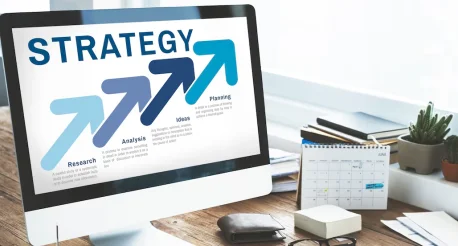
 Ride-Sharing And Taxi Services
Ride-Sharing And Taxi Services Food Delivery Services
Food Delivery Services Grocery Delivery Services
Grocery Delivery Services Transportation And Logistics
Transportation And Logistics Car Wash App
Car Wash App Home Services App
Home Services App ERP Development Services
ERP Development Services CMS Development Services
CMS Development Services LMS Development
LMS Development CRM Development
CRM Development DevOps Development Services
DevOps Development Services AI Business Solutions
AI Business Solutions AI Cloud Solutions
AI Cloud Solutions AI Chatbot Development
AI Chatbot Development API Development
API Development Blockchain Product Development
Blockchain Product Development Cryptocurrency Wallet Development
Cryptocurrency Wallet Development About Talentelgia
About Talentelgia  Our Team
Our Team  Our Culture
Our Culture 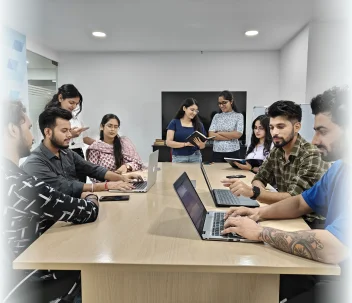
 Healthcare App Development Services
Healthcare App Development Services Real Estate Web Development Services
Real Estate Web Development Services E-Commerce App Development Services
E-Commerce App Development Services E-Commerce Web Development Services
E-Commerce Web Development Services Blockchain E-commerce
Development Company
Blockchain E-commerce
Development Company Fintech App Development Services
Fintech App Development Services Finance Web Development
Finance Web Development Blockchain Fintech
Development Company
Blockchain Fintech
Development Company E-Learning App Development Services
E-Learning App Development Services Restaurant App Development Company
Restaurant App Development Company Mobile Game Development Company
Mobile Game Development Company Travel App Development Company
Travel App Development Company Automotive Web Design
Automotive Web Design AI Traffic Management System
AI Traffic Management System AI Inventory Management Software
AI Inventory Management Software AI Software Development
AI Software Development AI Development Company
AI Development Company ChatGPT integration services
ChatGPT integration services AI Integration Services
AI Integration Services Machine Learning Development
Machine Learning Development Machine learning consulting services
Machine learning consulting services Blockchain Development
Blockchain Development Blockchain Software Development
Blockchain Software Development Smart contract development company
Smart contract development company NFT marketplace development services
NFT marketplace development services IOS App Development
IOS App Development Android App Development
Android App Development Cross-Platform App Development
Cross-Platform App Development Augmented Reality (AR) App
Development
Augmented Reality (AR) App
Development Virtual Reality (VR) App Development
Virtual Reality (VR) App Development Web App Development
Web App Development Flutter
Flutter React
Native
React
Native Swift
(IOS)
Swift
(IOS) Kotlin (Android)
Kotlin (Android) MEAN Stack Development
MEAN Stack Development AngularJS Development
AngularJS Development MongoDB Development
MongoDB Development Nodejs Development
Nodejs Development Database development services
Database development services Ruby on Rails Development services
Ruby on Rails Development services Expressjs Development
Expressjs Development Full Stack Development
Full Stack Development Web Development Services
Web Development Services Laravel Development
Laravel Development LAMP
Development
LAMP
Development Custom PHP Development
Custom PHP Development User Experience Design Services
User Experience Design Services User Interface Design Services
User Interface Design Services Automated Testing
Automated Testing Manual
Testing
Manual
Testing About Talentelgia
About Talentelgia Our Team
Our Team Our Culture
Our Culture
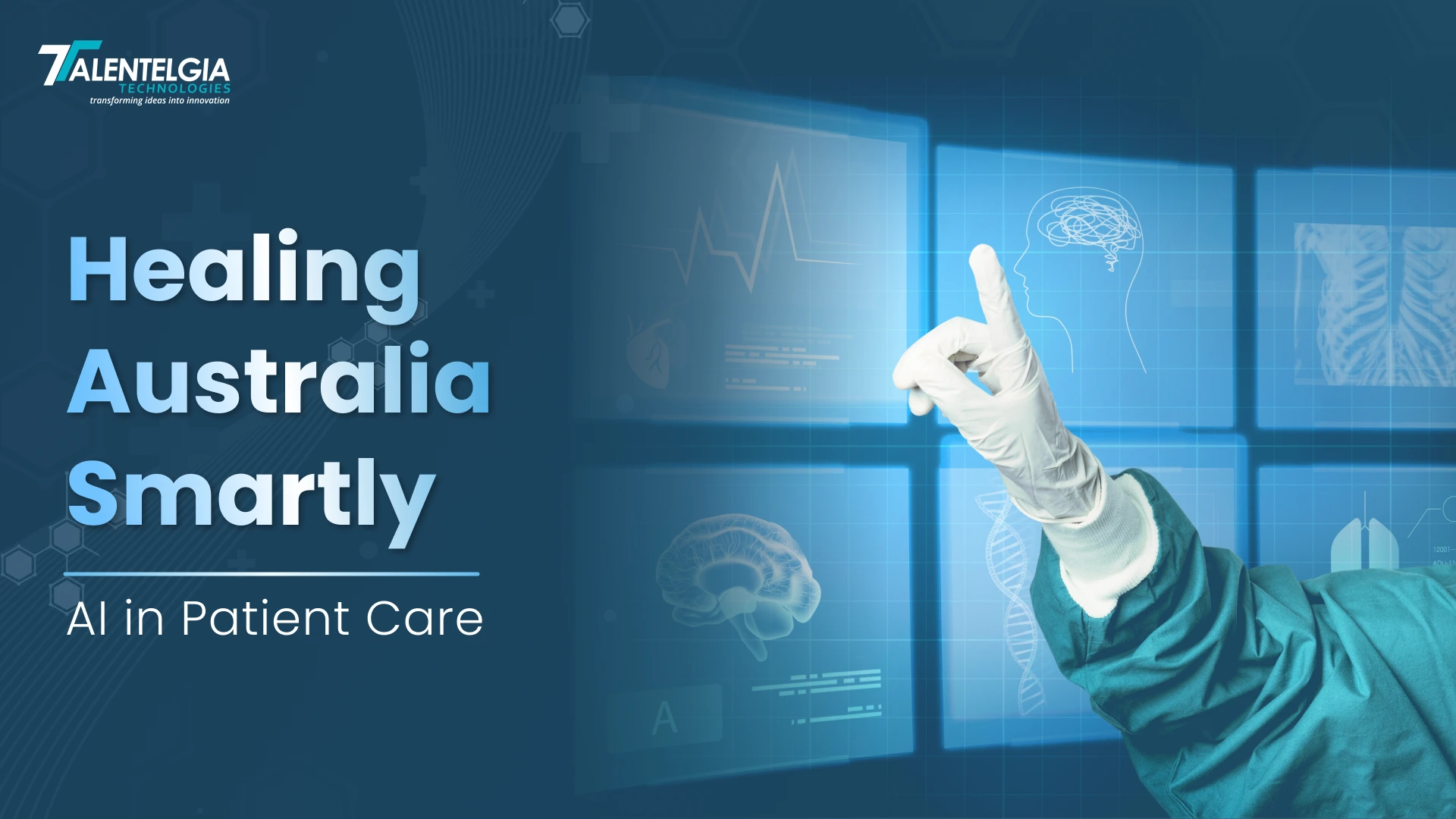




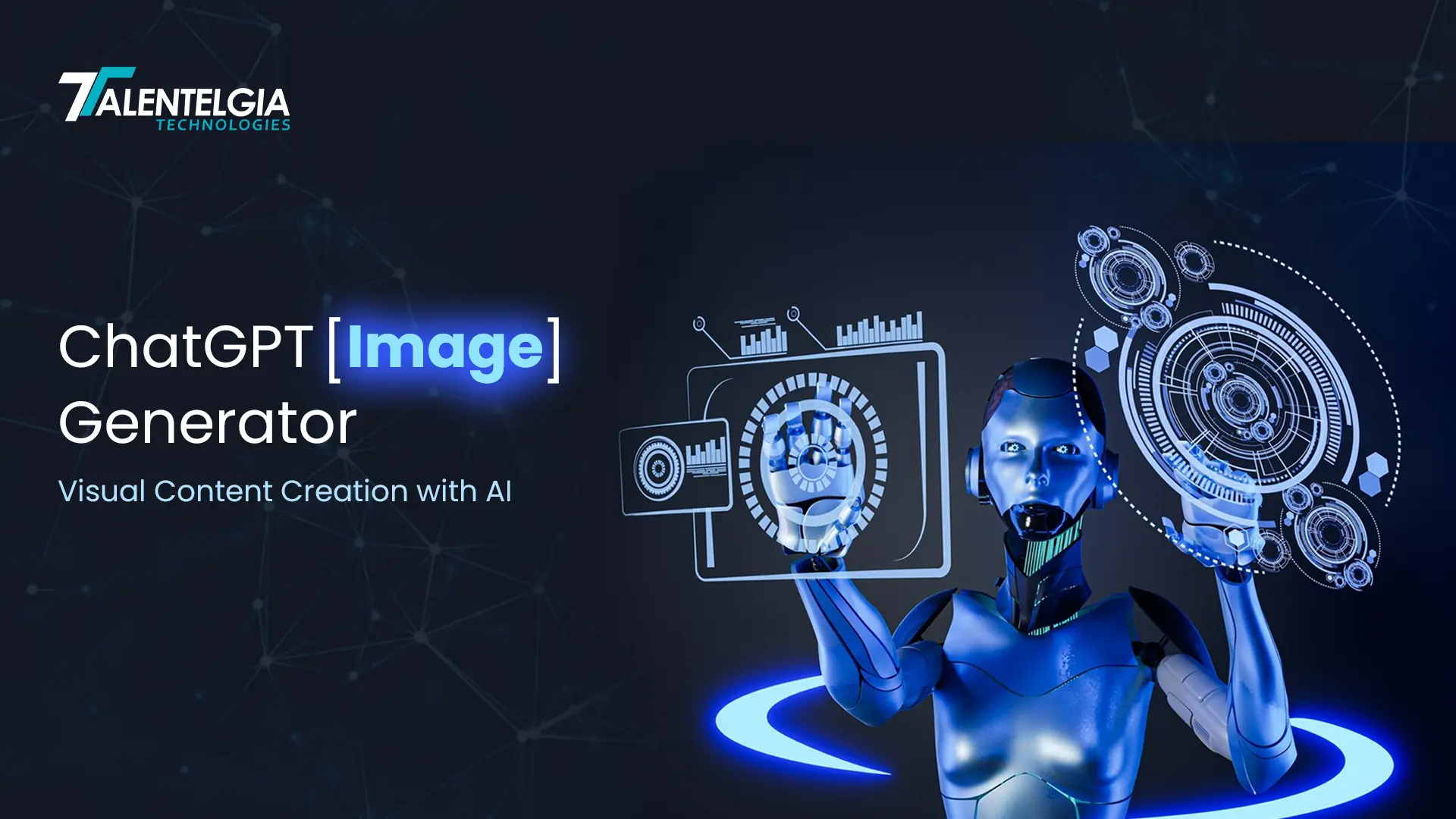










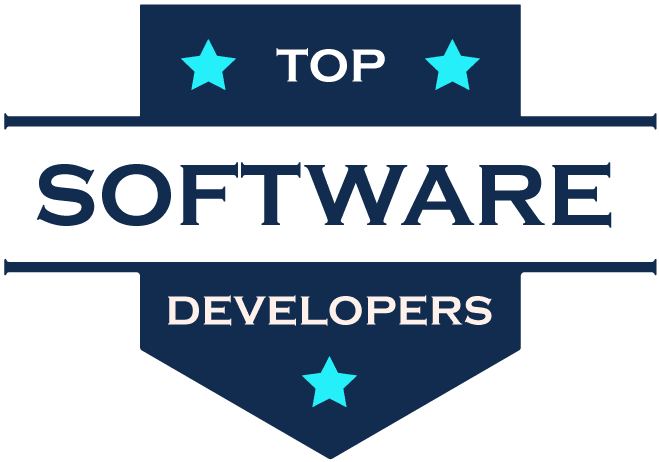
 Write us on:
Write us on:  Business queries:
Business queries:  HR:
HR: 




